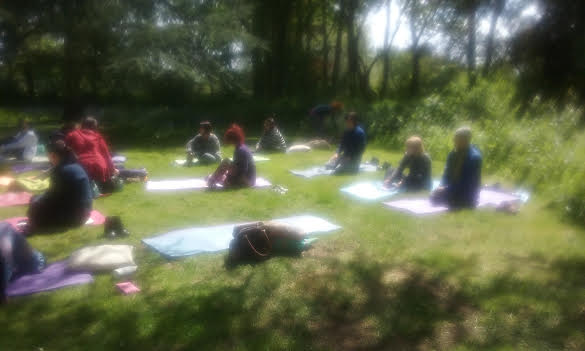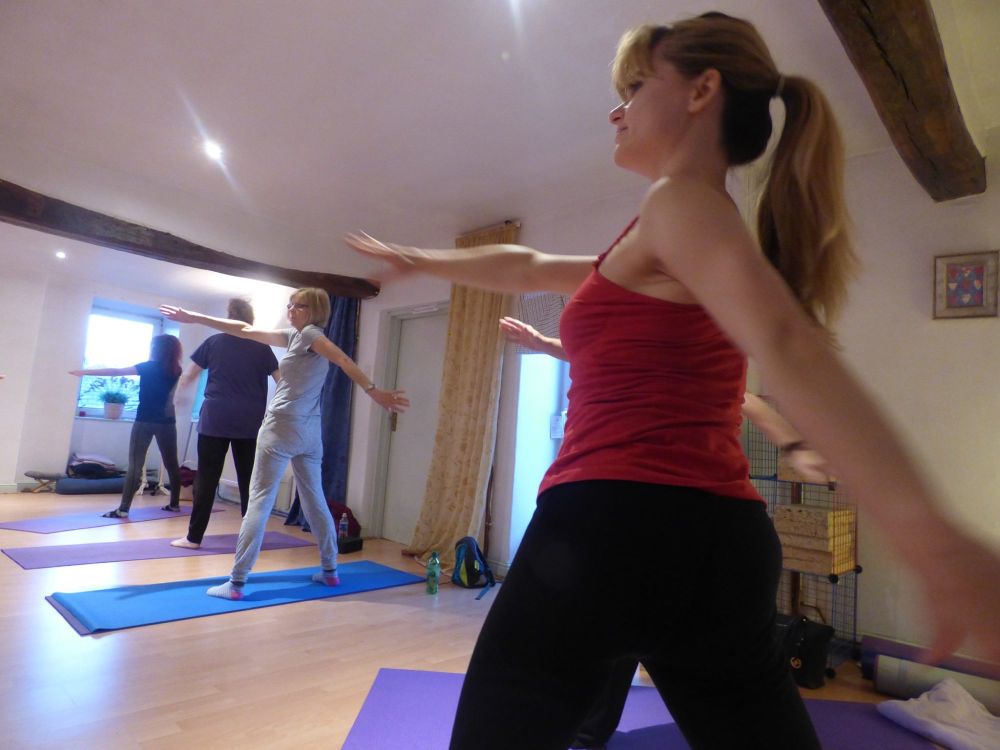How does Chanting help with anxiety?
Posted on
We are drawn to things that give us something we need. These mainly fall into two parts. Relaxation and distraction. Relaxation to let go of a probem overtaking your mind - distraction to hide from the problem.

Meditation, I suppose, could be the ultimate form of relaxation for some. Yet for many people meditation is elusive and almost a frustrating experience to even attempt.
People who suffer from anxiety can find meditation especially out of their reach. One of the reasons that this occurs is a person with anxiety has a fear that they live with all the time. I can be an unknown fear, feeling just like vulnerability or it could be an unreasonable fear that makes no sense to the rest of us. Often a bit of both.
Ask any cat, when you are aware that something (unknown) is threatening you, then staying alert is no. 1 consideration. Therefore lying back and asking your brain to get out of gear is a non starter.
Better to use distraction? Go and give your body a good work out, hell raise or occupy yourself in some other way. That way you can still think alert but chatter chatter or whatever at the same time.
I forgot the other option which is chemicals to knock you out!
So how does chanting help?
Well chanting is repetitive, once you've done a few rounds then it becomes something you don't have to think about. The difference is that this hapens automatically rather than having to expect yourself t relax. Apart from all the benefits that singing together brings the distraction of the chant occupies your mind. You might say it become a little mesmerising and takes over your thoughts but not your mind.
So it amost like cracking the shelll. Once you find one way to relax then you will find it easier to find others. You have just establlished a transferable skill.
It becomes slightly mesmerising




